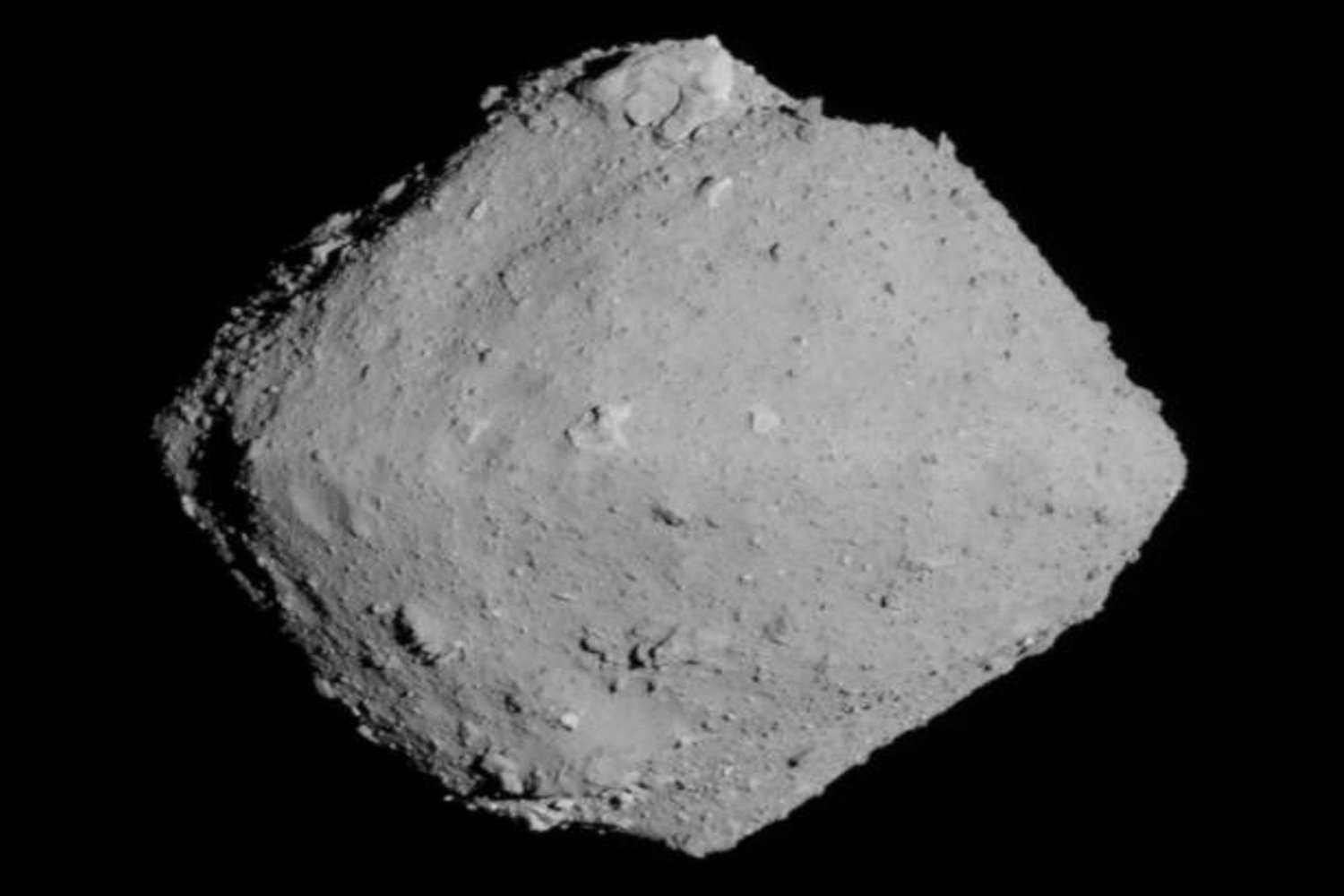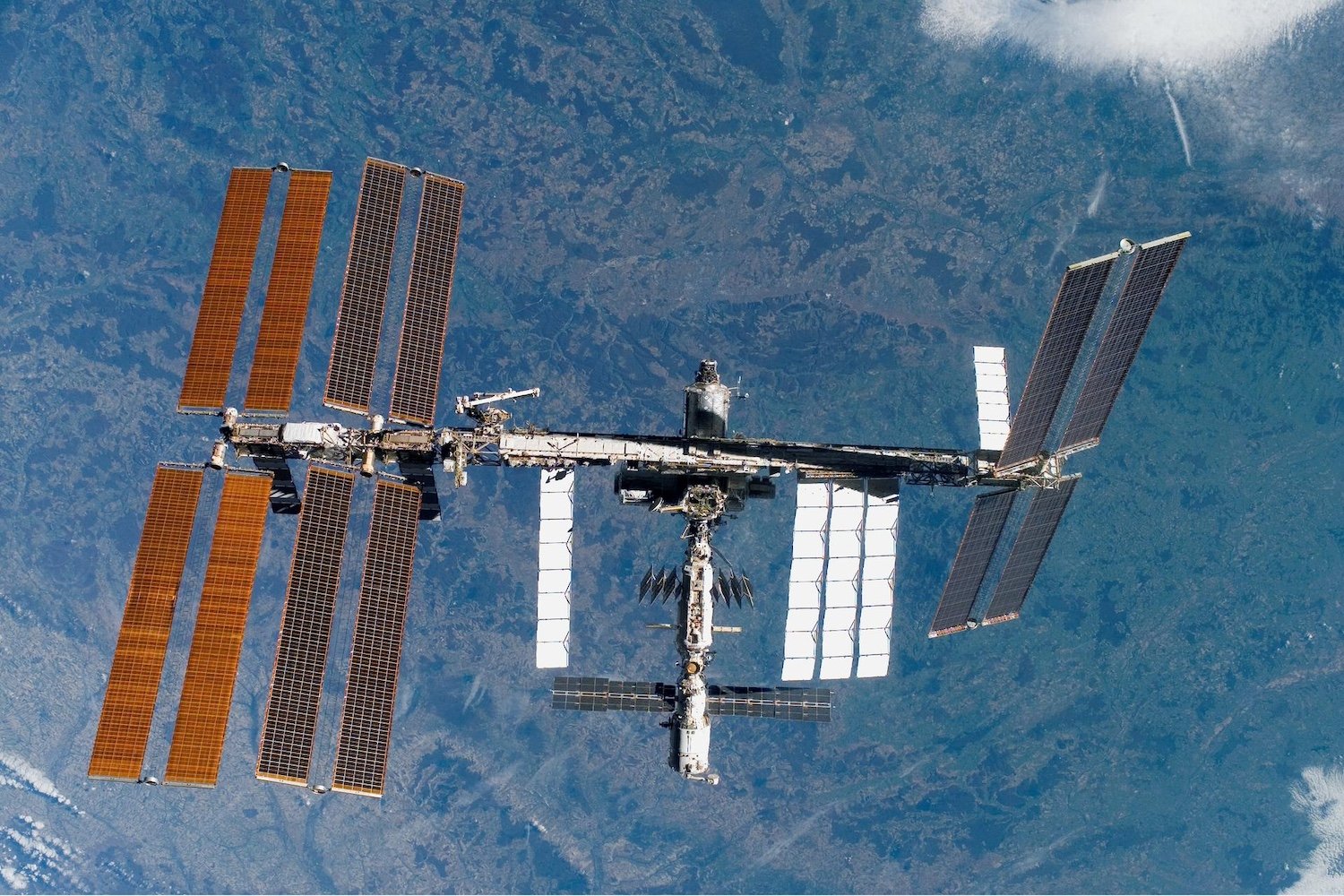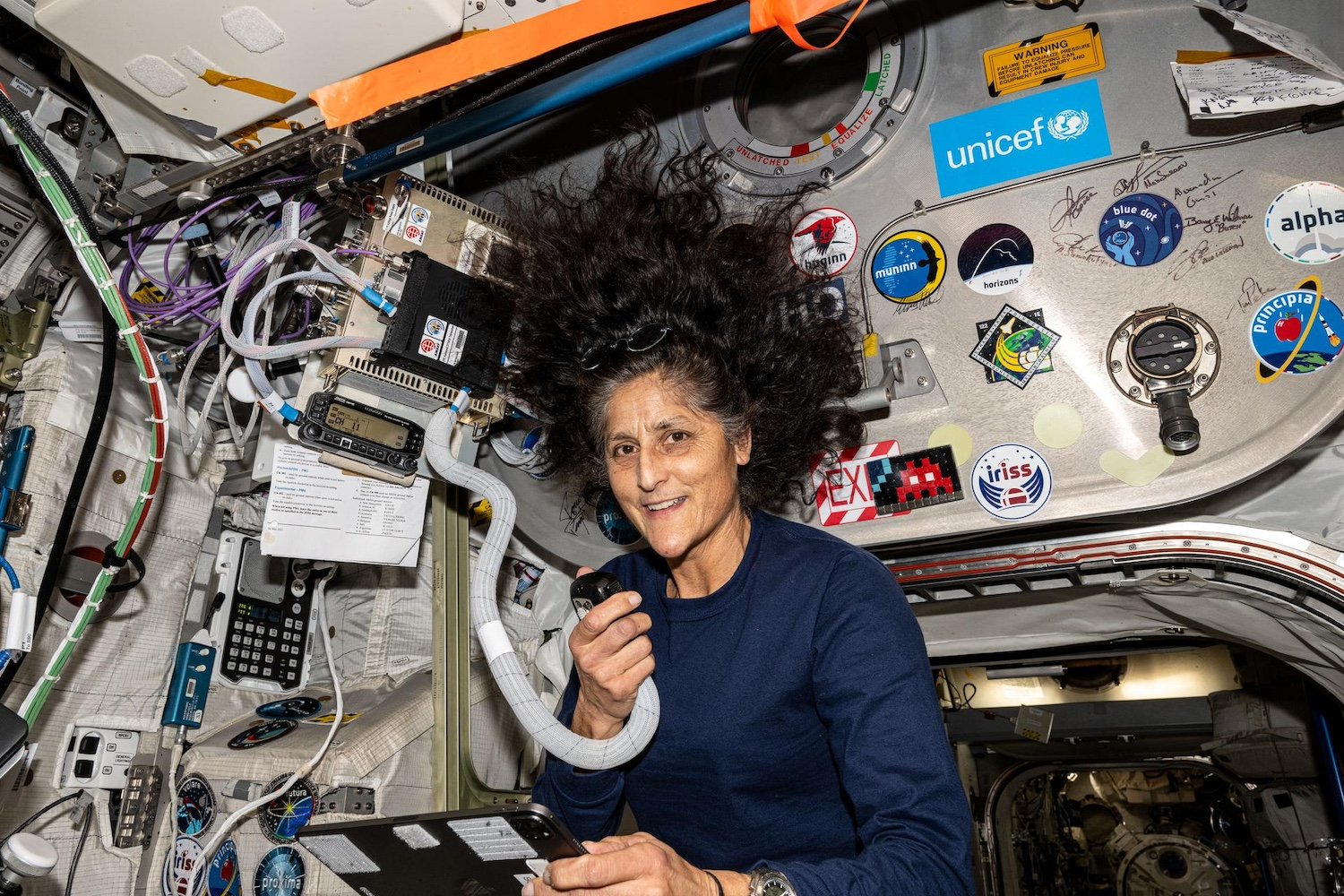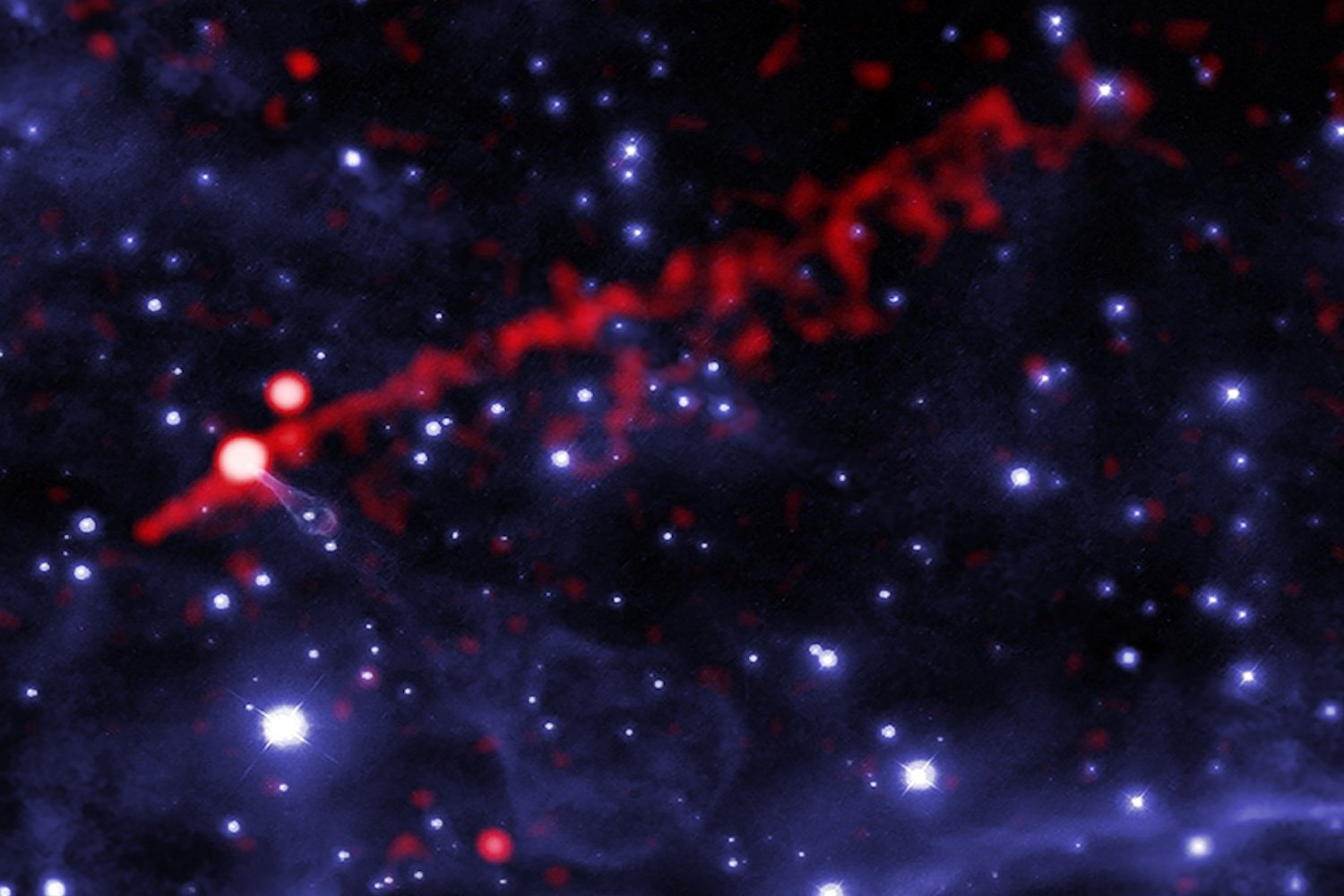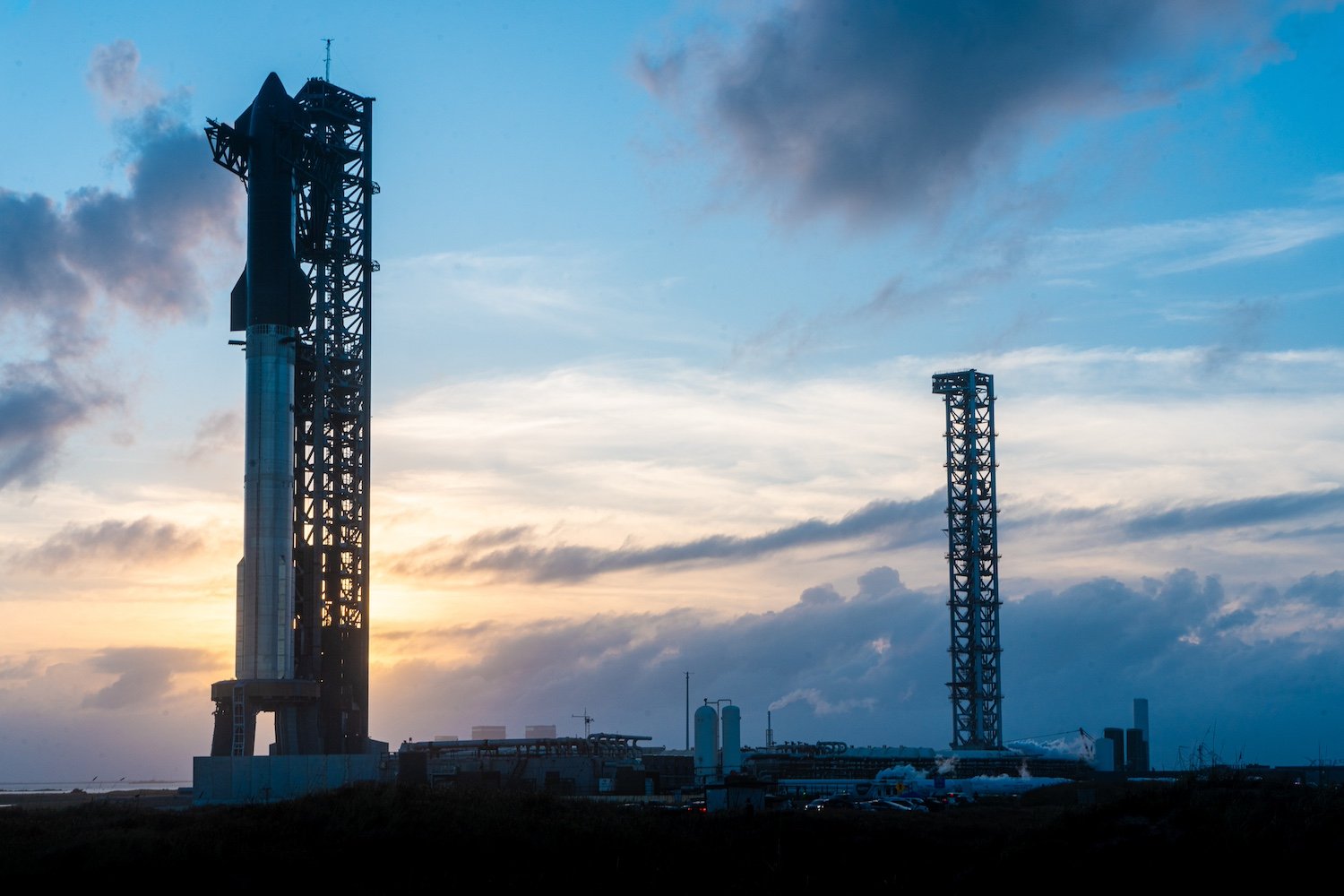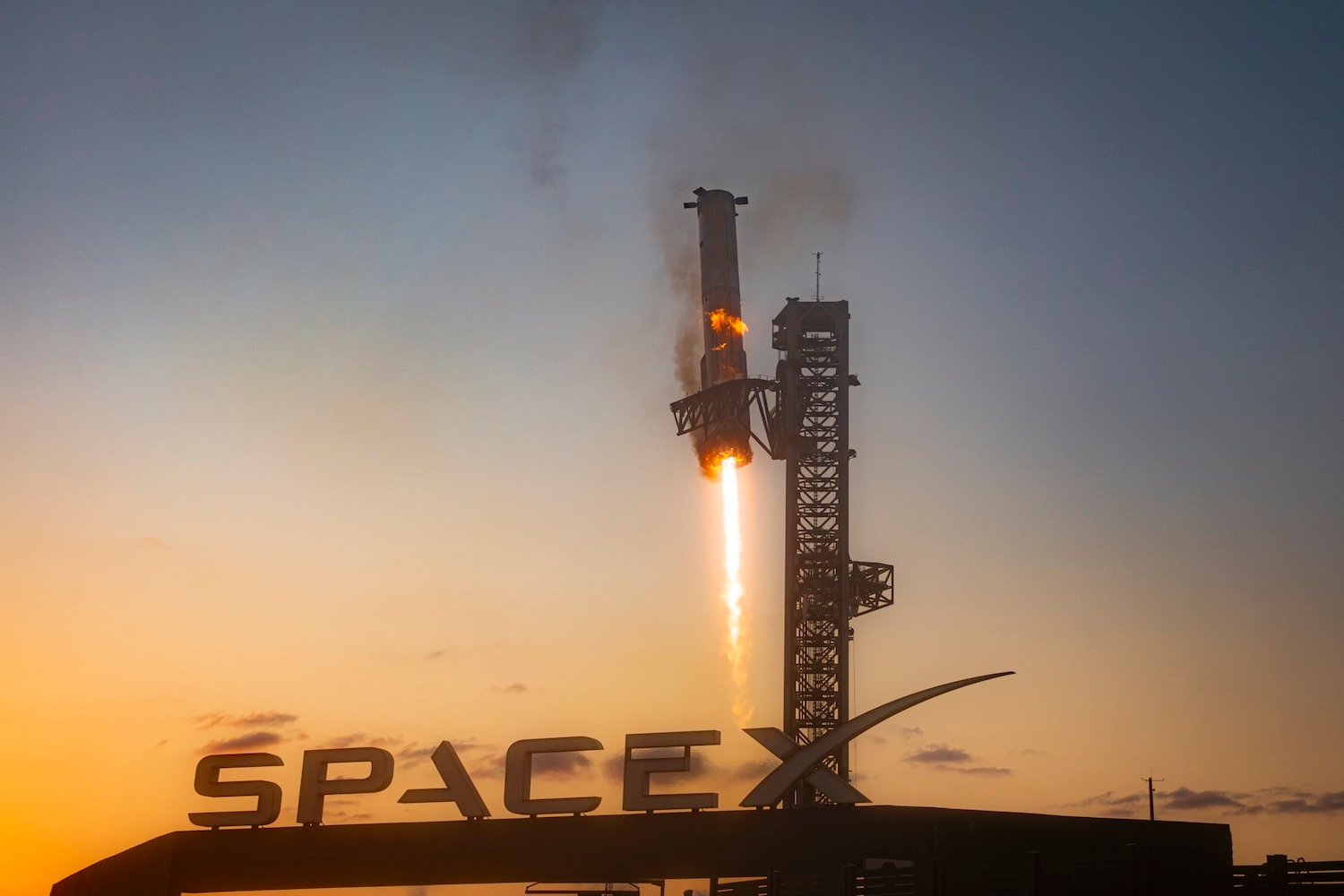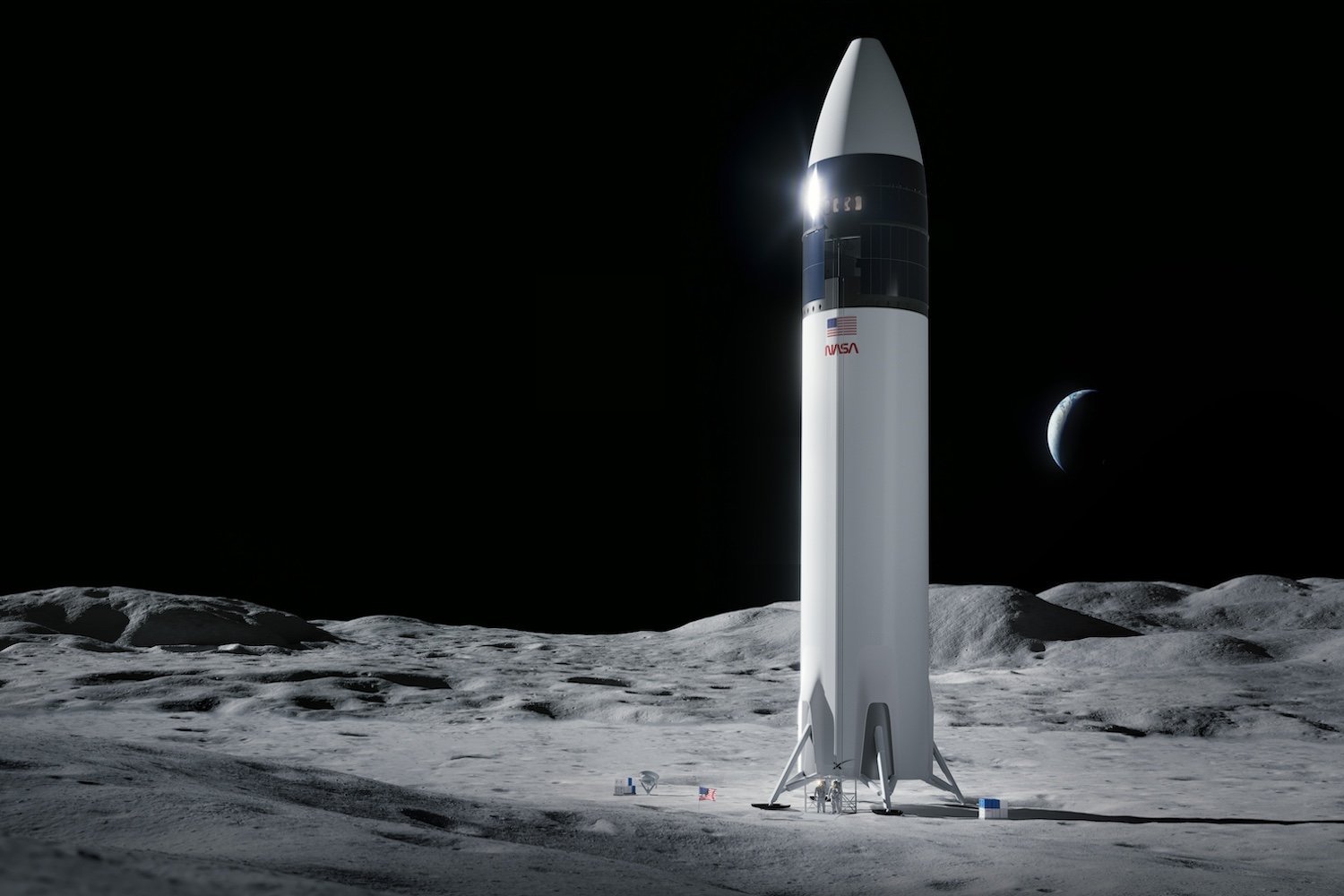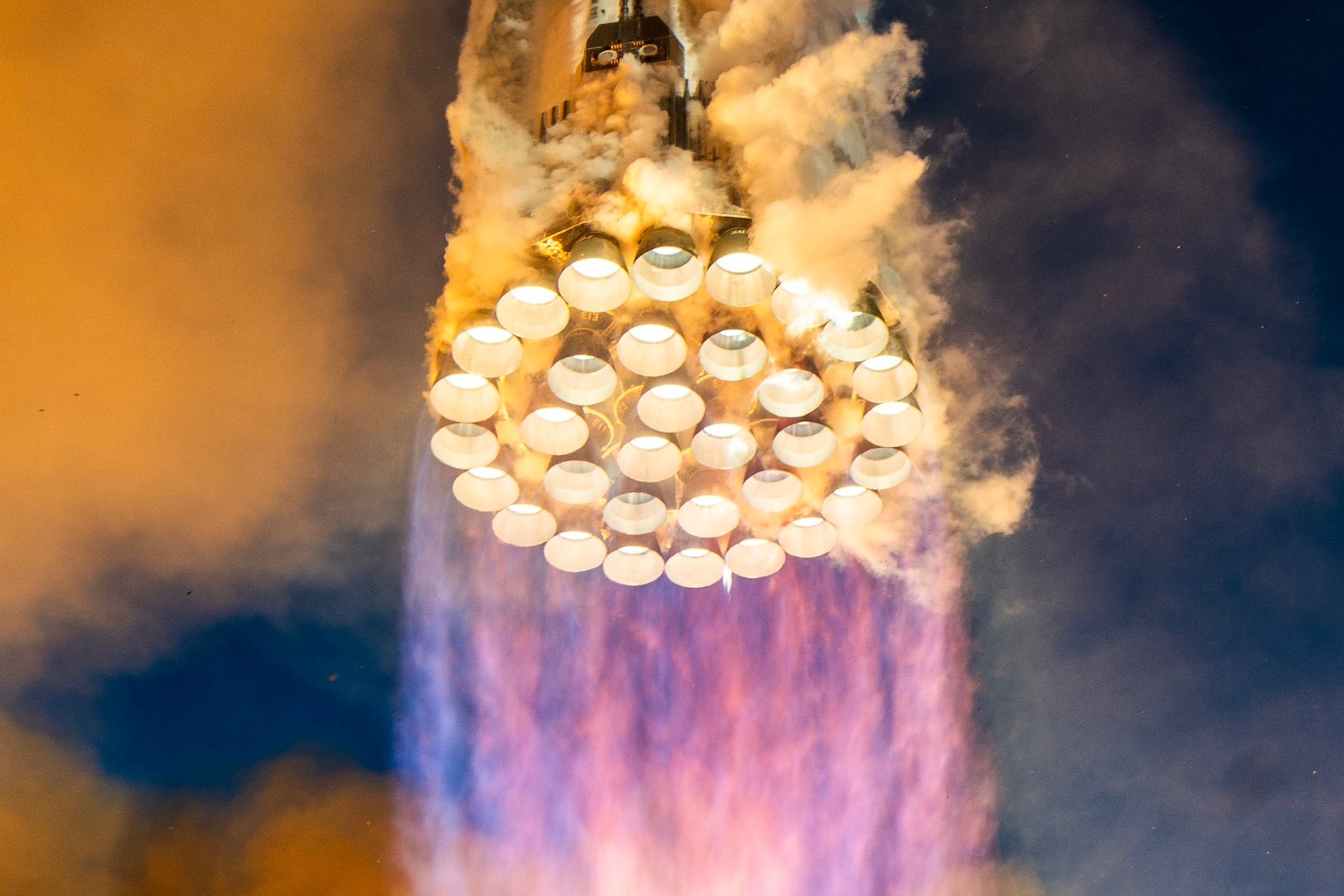The quest to study pristine asteroid samples untouched by Earth’s environment has encountered a significant hurdle. Researchers at Imperial College London discovered terrestrial microorganisms in samples retrieved from the asteroid Ryugu by Japan’s Hayabusa2 mission, raising concerns about contamination prevention. This finding underscores the difficulty of maintaining sample purity despite stringent protocols.
The Hayabusa2 mission, which collected samples from Ryugu in 2019, delivered its precious cargo back to Earth in 2020. Unlike meteorites that have been exposed to Earth’s atmosphere and surface, these samples were collected directly in space. This approach aimed to provide researchers with uncontaminated material for analysis, offering insights into the early solar system and the origins of life. The 5.4 grams of rock, pebbles, and dust were collected from Ryugu while it was nearly 200 million miles from Earth.
Upon return, the sealed capsule containing the Ryugu samples landed in the Australian outback and was transported to a specialized facility in Japan. Inside a vacuum chamber within a clean room, the capsule was initially opened. The samples were then moved to a pressurized, nitrogen-filled environment designed to prevent contamination. Subsequently, portions of the sample were distributed to researchers worldwide in nitrogen-filled containers for analysis.
The Imperial College London team, upon analyzing their Ryugu sample, identified rod and filament-like structures resembling microorganisms. These, however, were determined to be of terrestrial origin, indicating contamination despite the precautions taken. This discovery highlights the challenge of completely isolating extraterrestrial samples from Earth’s ubiquitous microbial life.
In contrast, NASA’s OSIRIS-REx mission, which retrieved samples from asteroid Bennu in 2020 and returned them to Earth in 2023, has not yet reported similar contamination issues. Both missions employed comparable protocols to safeguard the asteroid material.
Ryugu, classified as a carbonaceous asteroid, is believed to represent the building blocks of our solar system. Analyzing these asteroids in pristine condition could unlock crucial information about the solar system’s formation and the emergence of life on Earth. Previous analyses of Ryugu samples have already revealed organic molecules, suggesting that the precursors to life might have been delivered to Earth through asteroid and meteorite impacts.
While sample return missions offer invaluable opportunities to study the solar system’s composition and history, this incident underscores the considerable challenges in preserving sample integrity and preventing terrestrial contamination. The findings from the Ryugu sample analysis emphasize the need for continuous refinement of protocols and procedures for future missions to ensure the purity of extraterrestrial materials.
The discovery of terrestrial microbes in the Ryugu sample, despite rigorous precautions, serves as a critical lesson for future sample return missions. Maintaining absolute sterility in the face of Earth’s pervasive microbial life presents a complex challenge, requiring ongoing innovation and vigilance in contamination control strategies.



